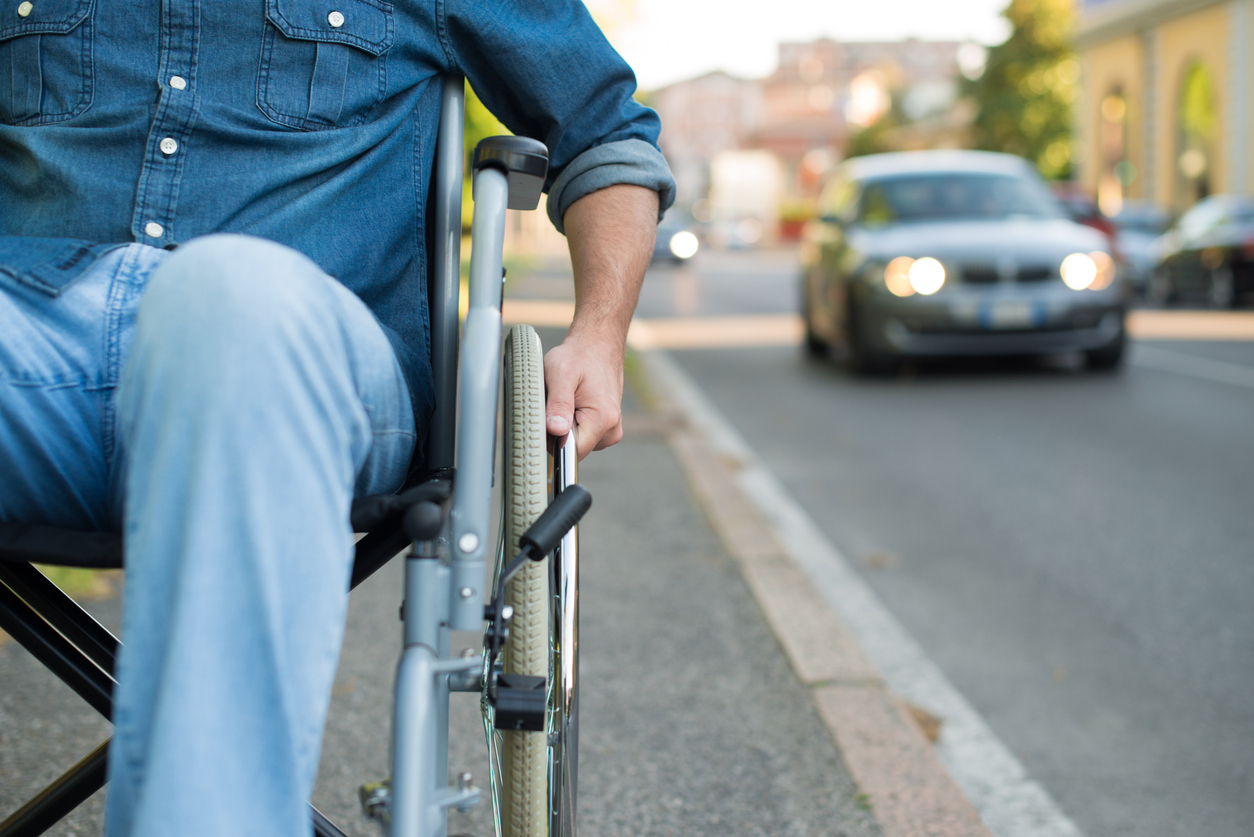Q. I don't walk so well anymore and I'm considering getting one of those scooters that I see seniors driving. What do you know about them?
They have become increasingly popular since they were invented in 1968. As more baby boomers hit the market for mobility assistive equipment, we will see more scooters.
There are about 1.7 million in the United States using wheelchairs or scooters. About 90 percent of these people have manual wheelchairs. There are 155,000 using electrically powered wheelchairs, and 142,000 riding scooters.
Motorized scooters serve the same function as motorized wheelchairs, but the scooters are easier to maneuver and are more versatile. And because they now have sleek designs and are marketed primarily as a product to facilitate movement, rather than to assist the disabled, they appeal to a broader spectrum of the public.
I shopped online for scooters. They seem to range from about $500 to about $4,500.
If your doctor submits a written order stating that you have a medical need for a scooter, Medicare will help cover the costs under the following conditions:
- You have a health problem that causes difficulty moving around in your home.
- You’re unable to do activities of daily living even with the help of a cane, crutch, or walker.
- You can't operate a manual wheelchair.
- You’re able to safely operate, and get on and off the scooter, or have someone with you who is always available to help you use the device safely.
- You can use the equipment within your home. For example, it’s not too big to fit through doorways.
A mobility scooter usually has a swivel seat over three or four wheels, a flat area for your feet and handlebars to steer it. Mobility scooters are usually battery powered.
The scooters come in models with front-wheel drive or rear-wheel drive. The front-wheel-drive scooters are usually smaller and are used indoors. They usually hold up to 250 pounds.
The rear-wheel-drive scooters are used both indoors and outdoors with a typical maximum capacity of 350 pounds. There are heavy duty rear-drive scooters that can carry up to 500 pounds.
Scooters have a few advantages over wheelchairs.
- Swiveling the seat of an electric scooter is generally easier than moving the foot supports on most conventional wheelchairs.
- A major selling point of mobility scooters is that they do not look like wheelchairs, which evoke negative feels in some people.
- Mobility scooters are usually more affordable than powered wheelchairs.
However, there are disadvantages when compared to powered wheelchairs.
- You need to be upright and have upper-body strength to operate a scooter.
- Scooters also have fewer options for body support, such as head or leg rests. They are rarely designed for ease of patient transfer from seat to bed.
- Scooters are longer, which limits their turning radius and ability to use some lifts or wheelchair-designed access technologies such as kneeling bus lifts.
- Some mobility scooters have low ground clearance which can make it difficult to navigate certain obstacles, such as traveling in cities without proper curb cuts.









